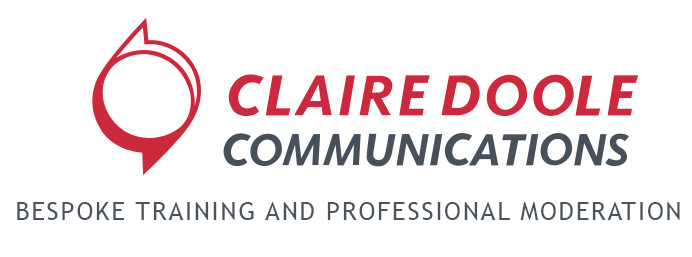Recently, I was invited to a presentation at a lakeside hotel by a private Swiss bank. It had many of the ingredients for a successful public presentation – attention getting opening music, memorable visuals and three senior bankers with considerable financial expertise.
But one element was missing – what is in it for the audience? The presenters spent the first hour giving a history lesson on trade routes followed by a brief assessment of current trade relations.
The problem was that most of the audience – investors and would-be investors – already knew much of this. Some insights into the world economy and how it would affect their investments would have been more relevant.
Unfortunately, this was left to the last fifteen minutes. All we learnt was that China had overtaken the US as the world’s biggest economy, and that the Euro Swiss France exchange rate would not markedly change.
One of the biggest mistakes presenters make is not putting the interests of the audience at the heart of their presentations. You need to give them a reason to listen – the WIIFT – or what is in it for them.
If you explain clearly how what you are talking about affects them, you are more likely to get their attention. The better you do this, the better your chance of saying things they will follow through on.
How do you do this? You put yourself in their shoes. Most people are motivated by fear or reward. You need to think about the benefits. Will your presentation help them become more successful in business? Will it help them take some of the problems away?
Let’s apply this to my business – presentation training. Why should someone come on a course or take a coaching session?
I might say – presentation skills are an essential business skill. However, it will have more impact if I rephrase this with my audience in mind. You will win more business, influence senior people more successfully, build stronger relationships, better handle challenging clients and improve your chances of promotion.
Make sure the benefits apply to all of the audience. And that they hear it by using a flagging phrase:
- This is important to you because …
- What does this mean for you? (then tell them)
- Why am I telling you this? (then explain)
- Why should you care/listen? This will…
- Why does this matter? It matters because …
At the presentation in Geneva, I did not come away with a clear sense of what was it in it for me, or the audience. Although the excellent glass of wine was much appreciated!

